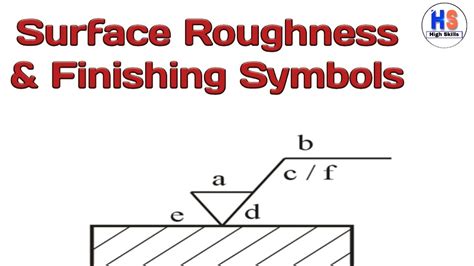Introduction
Surface finishing is a critical aspect of various industrial processes, ranging from manufacturing to construction. Traditionally, smooth surfaces have been the norm, but the emergence of wavy finish tops is revolutionizing the field with its unique properties and boundless applications.

Benefits of Wavy Finish Tops
Wavy finish tops offer a plethora of advantages over conventional flat surfaces, including:
- Enhanced Surface Hardness: The wavy pattern increases the surface area, creating a more resistant surface to wear and abrasion.
- Improved Slip Resistance: The wavy texture provides better grip, reducing the risk of slips and falls, particularly in high-traffic areas.
- Aesthetic Appeal: Wavy finish tops have a visually dynamic appearance that can enhance the aesthetics of any space.
- Energy Efficiency: The wavy pattern creates a natural airflow channel, reducing heat buildup and improving energy efficiency.
- Corrosion Resistance: The wavy finish tends to shed moisture more effectively, reducing the risk of corrosion and extending the lifespan of surfaces.
Types of Wavy Finish Tops
Various methods can be used to create wavy finish tops, including:
- Mechanical Rolling: Metal sheets can be passed through rollers with a wavy pattern to create the desired finish.
- Laser Cutting: Lasers can precisely cut a wavy pattern into the surface of the material.
- Chemical Etching: Chemicals can be used to dissolve the material in a wavy pattern.
- Electrochemical Machining: An electrical current is used to dissolve the material in a controlled manner, creating a wavy finish.
Applications of Wavy Finish Tops
The versatility of wavy finish tops makes them suitable for a wide range of applications, including:
- Flooring: Industrial facilities, hospitals, and retail stores can benefit from the slip resistance and durability of wavy finish flooring.
- Stair Treads: Wavy treads provide increased traction, reducing the risk of falls on stairs.
- Work Surfaces: Laboratories, workshops, and kitchens can utilize wavy finish work surfaces for improved grip and wear resistance.
- Architectural Cladding: Buildings can incorporate wavy finish cladding for a unique aesthetic and improved durability.
- Automotive Parts: Wavy finish components can be used to enhance grip, reduce friction, and improve wear resistance.
Tables
Table 1: Comparison of Wavy Finish vs. Flat Finish
| Feature | Wavy Finish | Flat Finish |
|---|---|---|
| Surface Hardness | Higher | Lower |
| Slip Resistance | Higher | Lower |
| Aesthetic Appeal | More Dynamic | Less Dynamic |
| Energy Efficiency | Better | Worse |
| Corrosion Resistance | Higher | Lower |
Table 2: Applications of Wavy Finish Tops
| Application | Benefits |
|---|---|
| Flooring | Slip resistance, durability |
| Stair Treads | Increased traction |
| Work Surfaces | Improved grip, wear resistance |
| Architectural Cladding | Unique aesthetic, durability |
| Automotive Parts | Enhanced grip, reduced friction |
Table 3: Strategies for Effective Wavy Finish
| Strategy | Benefits |
|---|---|
| Optimize Wavy Pattern | Improve surface properties |
| Material Selection | Enhance durability, aesthetics |
| Manufacturing Techniques | Control finish quality |
| Inspection and Testing | Ensure quality and performance |
Table 4: Tips and Tricks
| Tip | Benefit |
|---|---|
| Avoid Sharp Edges | Reduce injury risk |
| Maintain Regular Cleaning | Enhance slip resistance |
| Consider Lighting | Highlight the aesthetics |
| Use Transparent Coatings | Preserve the wavy texture |
Wavy Finish Innovation: “Surflow”
To generate new applications for wavy finish tops, a new term, “surflow,” is coined. Surflow refers to the optimization of wavy finishes to enhance surface properties, such as airflow, heat dissipation, and fluid dynamics.
Conclusion
Wavy finish tops are a revolutionary advancement in surface finishing, offering a unique combination of benefits. From enhanced hardness and slip resistance to aesthetic appeal and energy efficiency, wavy finish tops are transforming industries and creating innovative applications. By embracing the potential of surflow, engineers and designers can unlock boundless possibilities for wavy finish tops in the future.
